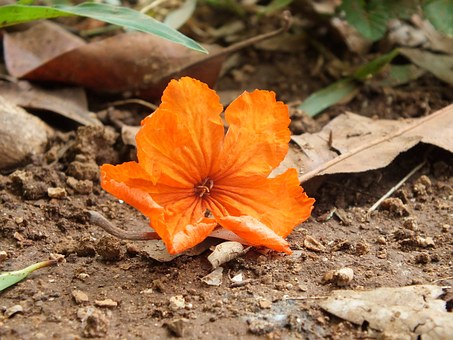Different types of soils are comprised of varying amounts of minerals and nutrients, as well as
drainability…providing much different levels of support to plant life. In fact, the nutritional content of
fruits and vegetables is dependent upon the nutritional content of the top soil in which they grow.
There are over 20,000 types of soil. The most common soil types:
Sandy soil is dry and gritty and can’t hold water.
Silty soil is comprised of smaller particles than sand, and while it retains water longer, it drains poorly
and can’t hold nutrients well. It is also easily compacted, so it becomes poorly aerated if it is walked on
or if there is a pounding rain.
Clay is slower to drain so it tends to hold on to high amounts of nutrients and minerals and support
more plant life. Plants and grasses that can thrive in clay soil include roses, purple cone flowers, Indian
and switch grasses.
Peaty soil is more acidic, so it is great for azaleas, rhododendrons, prim roses, heather and other acid
lovers. It is also used to regulate soil chemistry and control disease.
Loamy soil is a 40/40/20 mix of silt sand and clay and gardens love it. It’s made up of rich organic matter
and nutrients and it hold water and drains well. It is ideal for fruits, vegetables and flowers.
If you have any question or soil needs, contact Edgewater Yard Shop. Edgewater Yard shop is proud to
provide quality soils, mulches, sand, stone, pine straw and more.

